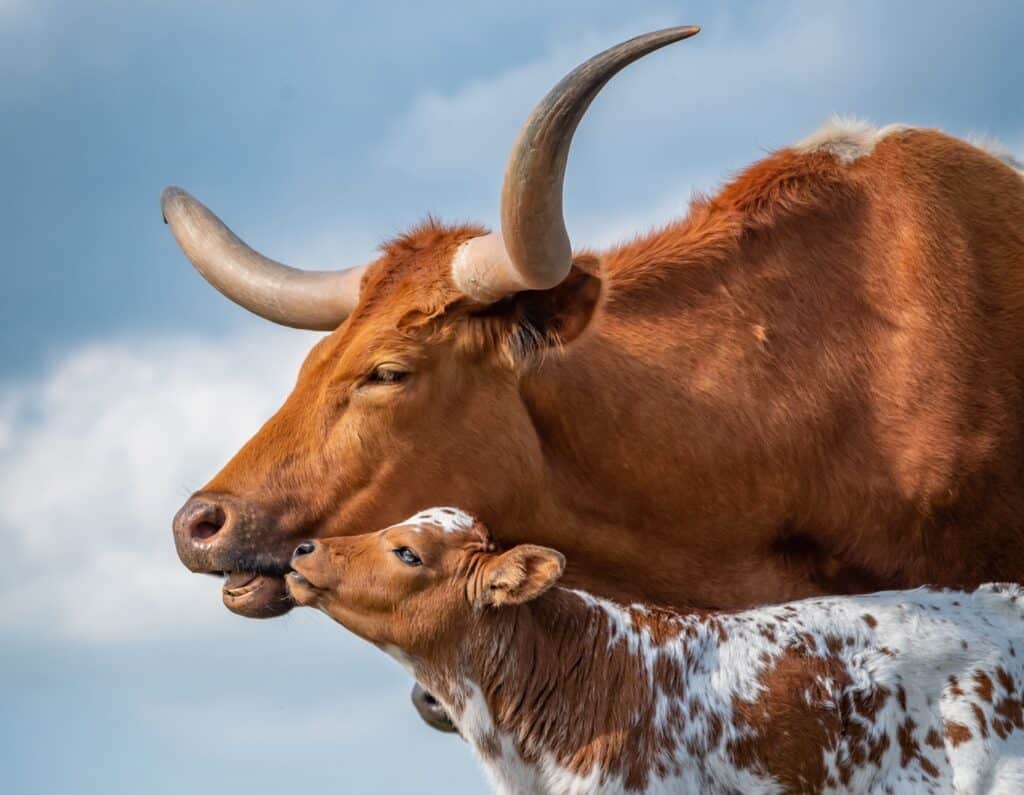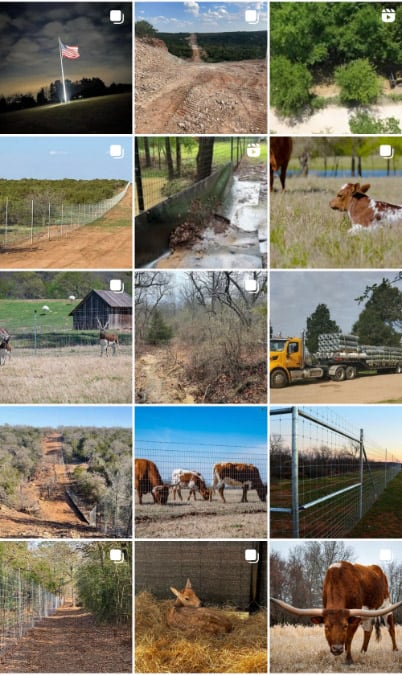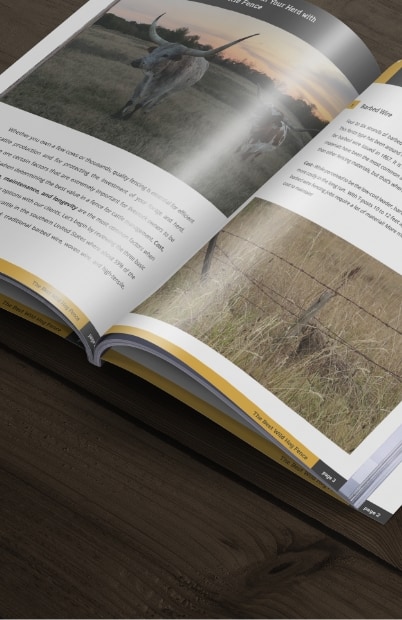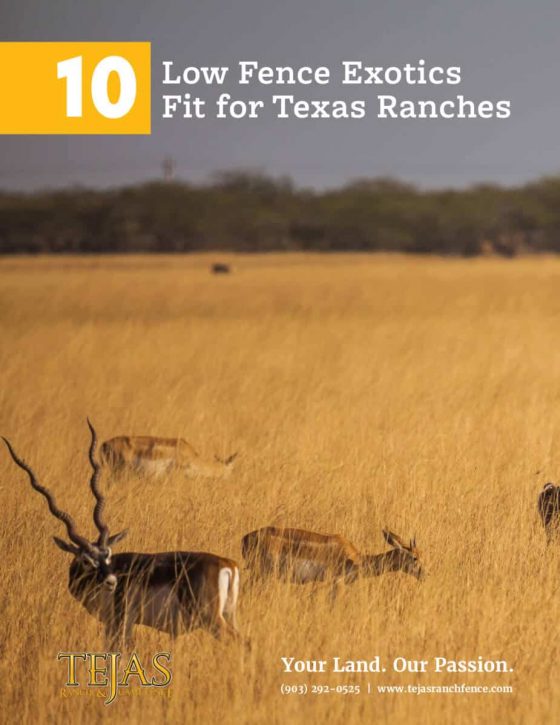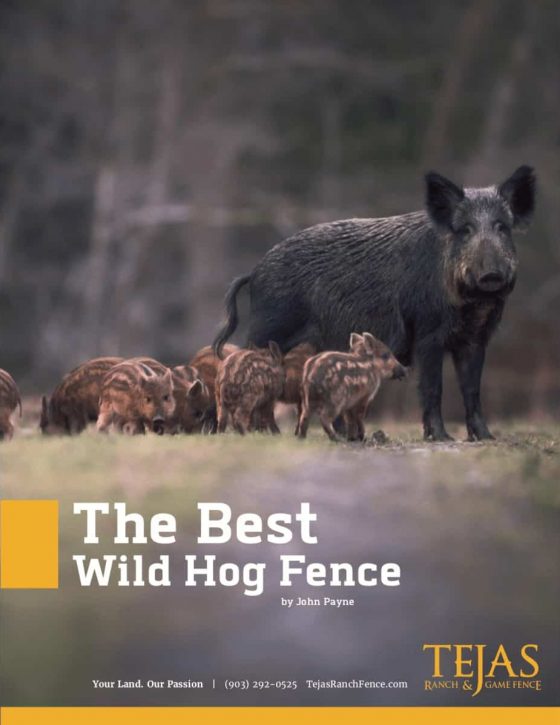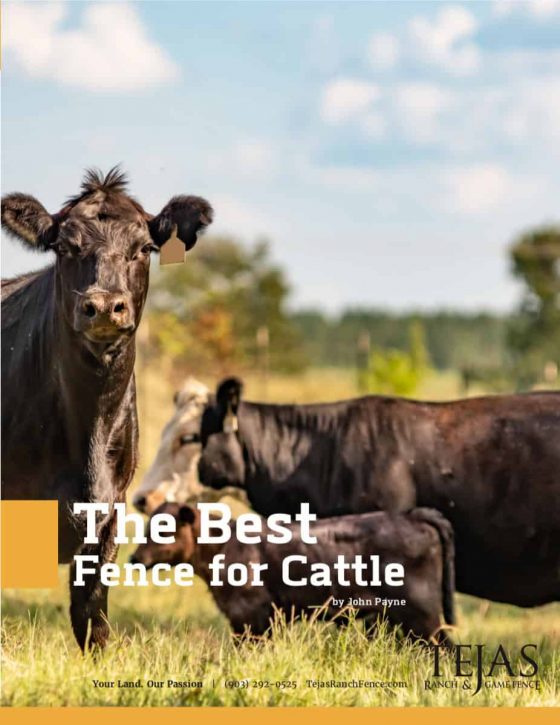Welcome to the world of Texas Longhorn cattle, where history, heritage, and rugged beauty come together on the ranches of Texas. As a new landowner in the Lone Star State, you’re about to discover why these magnificent animals are more than just cattle—they’re a living legend. With their iconic horns and deep ties to Texas history, Longhorns offer a unique blend of practicality and charm.
Whether you’re interested in beef production, preserving a piece of Texas heritage, or simply enjoying the view, Texas Longhorns are a breed worth considering. In this article, we’ll explore their fascinating history, the advantages and disadvantages of raising them, and the many ways you can enjoy these remarkable animals on your land.
A Brief History of the Texas Longhorn
The story of the Texas Longhorn dates back over 500 years, when Spanish explorers introduced cattle to the New World in the 16th century. Some of these animals escaped or were left behind, forming feral herds that roamed the untamed landscapes of what is now the state of Texas.
Over centuries, these cattle adapted to the harsh environment, developing the long, distinctive horns that helped them fend off predators and navigate dense brush. These horns, which can span up to seven feet from tip to tip, became the breed’s trademark.
In the 19th century, Texas Longhorns played a starring role in the great cattle drives that defined the American West. Cowboys herded them by the thousands from Texas to railheads in Kansas, supplying beef to a growing nation.
These drives not only made Longhorns famous but also etched their image into American folklore. Although their numbers dwindled in the early 20th century due to crossbreeding with other cattle, dedicated ranchers and conservation efforts helped bring them back from the brink. Today, people celebrate Texas Longhorns as a symbol of Texas pride and resilience.
The Size(s) of a Texas Longhorn
Longhorn cattle, often recognized by their unique horns, come in a remarkable variety of colors. Typically, Longhorns will be red, white, brown, black, blue, or yellow. Frequently, one will see a beautiful combination of colors on Longhorns, such as black and white or white and red. The patterns on a Longhorn will range from speckled or spotted to solid colors. Each longhorn is unique, with no two Longhorns having identical markings.
A full-grown Longhorn will range in height from 4.5 to 5.5 feet at the shoulder. Some bulls, which are typically taller than cows, can reach heights of up to 6 feet.
A Longhorn cow will, on average, weigh between 600 and 1,200 lbs, with the majority falling into the 800 to 1,000 lbs range. A bull will average between 1,200 and 1,800 lbs, with many going beyond 2,000 lbs. Due to their larger size and frame, steers can get up to 2,000 lbs. Most Longhorn calves will weigh 50 to 70 lbs at birth.
| Longhorn Average Height | 4.5 to 5.5 feet |
| Longhorn Cow Average Weight | 600 to 1,200 lbs |
| Longhorn Typical Weight | 1,200 to 1,800 lbs |
| Longhorn Steers Typical Weight | Over 2,000 lbs |
| Longhorn Calves Birth Weight | 50 to 70 lbs |
The Texas Longhorn: Where it Gets its Name
Selective breeding has changed the length of the Longhorn’s horns. In the 19th century, the average was 4 feet. Now, it truly matches the breed’s name.
According to the Guinness Book of Records in 2022, the record horn length of a steer (named Poncho Via) was just over 10.5 feet. The record horn length of a cow (named 3S Danica) was just over 8.7 feet. A bull named Cowboy Tuff Chex registered in at just over 8.5 feet for the record.
The horns will grow throughout the life of a Longhorn. The fastest growth will occur in the first 5 years, then slowing significantly after the age of 6.
Horns come in a variety of shapes and angles. Female horns will most often sweep out with a nice twist or curl, while bulls will have an array of various shapes and directions. Steers tend to grow the most prominent and most awe-inspiring horns.
The only cattle breed that can match the Longhorn in horn length is the Watusi. Its horns can grow up to 8 feet long.
The horn’s creative design was intended to deter predators such as mountain lions and coyotes. Now, the horns are mainly decorative. The Texas Longhorn Breeders Association of America and other groups focus on horn length when judging pedigree. Horns shorter than 48 inches at maturity are seen as undesirable.
Advantages of Raising Texas Longhorns
Texas Longhorns are renowned for their hardiness and adaptability, making them an excellent choice for landowners in Texas. Here are some of their key advantages:
- Resilience in Harsh Conditions: Longhorns are built to thrive in the hot, dry, and often unpredictable climate of Texas. They can survive on marginal land with poor-quality forage and limited water, which makes them ideal for ranches with varied terrain.
- Disease and Parasite Resistance: Unlike some other breeds, Longhorns have a natural resistance to many common cattle diseases and parasites. This means lower veterinary costs and less need for chemical treatments, which can save you time and money.
- Longevity and Fertility: Texas Longhorns are known for their long, productive lives, often remaining healthy and fertile well into their teens. They also have high fertility rates and typically experience easy calving, making them a low-maintenance option for ranchers.
- Lean, Flavorful Beef: While they may not produce as much beef as some other breeds, Longhorns are prized for their lean, flavorful meat. This makes them a great fit for the growing market of health-conscious consumers looking for grass-fed and lean beef options.
These advantages make the Texas Longhorns a practical choice for landowners who want a breed that can thrive with minimal intervention while still offering economic benefits.
Disadvantages of Raising Texas Longhorns
While the Texas Longhorns have many strengths, there are also some challenges to consider:
- Space and Handling Requirements: Those iconic horns, while beautiful, can be a management issue. Longhorns need more space per animal to prevent injuries from their wide horn spans. Handling them also requires care and experience, as their horns can make them more difficult to work with in close quarters.
- Lean Meat May Not Suit All Markets: Although their lean beef is healthy and flavorful, it may not meet the marbling standards preferred in some traditional beef markets. If you’re aiming to sell to buyers who prioritize heavily marbled beef, Longhorns might not be the best fit.
- Slower Growth Rates: Compared to some modern beef breeds, Longhorns tend to grow more slowly and produce less beef per animal. This can make them less efficient for large-scale commercial beef operations focused on maximizing output.
For new landowners, these challenges are manageable with proper planning and a willingness to adapt. If you’re looking for a breed that’s easy to care for and rich in character, the advantages often outweigh the drawbacks.
Possible Uses for Texas Longhorns
Texas Longhorns offer a variety of uses beyond traditional beef production. Here are some ways you can enjoy and utilize these animals on your ranch:
- Beef Production: While they may not produce as much beef as other breeds, Longhorns are still a viable option for beef production, especially with the rising demand for grass-fed and lean meat. Their beef is lower in fat and cholesterol, making it appealing to health-conscious consumers. Plus, their ability to thrive on natural forage can reduce feed costs.
- Breeding and Showing: For those interested in a more hands-on approach, breeding and showing Longhorns can be a rewarding hobby. There are numerous Longhorn associations and events where you can compete, showcase your animals, and connect with other enthusiasts. Raising a prize-winning Longhorn can bring both pride and prestige to your ranch.
- Aesthetic Appeal and Enjoyment: Let’s face it—Texas Longhorns are simply stunning to look at. Their majestic horns and colorful coats make them a picturesque addition to any pasture. Many landowners find joy in simply watching their Longhorns graze, knowing they’re preserving a piece of Texas history. They’re also a great conversation starter for guests and visitors.
- Heritage Preservation: By raising Texas Longhorns, you’re helping to preserve a breed that’s deeply tied to Texas history and culture. For those who value tradition and want to contribute to conservation efforts, Longhorns offer a meaningful way to connect with the land and its past.
Whether you’re focused on practical benefits or simply want to enjoy the beauty and heritage of these animals, Texas Longhorns can fit seamlessly into your vision for your ranch.
Ranch Fencing Setup
A secure fencing system is non-negotiable for cattle safety, containment, and management. In Texas, common setups include:
- Fence Material: Barbed wire is the most common and affordable, typically with 5–6 strands and posts spaced 10–12 feet apart. The recommended cattle fence is high-tensile fixed-knot fencing.
- Electric Fences: Ideal for rotational grazing, these require a reliable power source and less upkeep. If you do not have cross-fencing on your ranch, electric fences can serve as supplemental fencing to rotate cattle among various pastures.
- Gates and Corrals: Sturdy gates and corrals facilitate handling for branding, vaccinating, or transporting. For higher traffic areas, stronger posts, more braces, and tighter high-tensile fixed-knot mesh patterns are required.
Texas Longhorn Associations in America
- Texas Longhorn Breeders Association of America
- International Texas Longhorn Association
- North Texas Longhorn Breeders Association
- West Texas Longhorn Association
As a new Texas landowner, you can enjoy the Texas Longhorn. This breed combines history, usefulness, and beauty on your land.
Longhorns are tough, easy to care for, and look great. They are more than just livestock; they connect us to the past and show Texas pride. Whether you’re interested in producing lean beef, preserving a piece of heritage, or simply enjoying the view of these majestic animals grazing across your pasture, Longhorns are a breed that can meet your needs.
If you’re curious to learn more, consider visiting a local ranch or attending a Longhorn event. You might just find yourself falling in love with these iconic animals and the rich tradition they represent. Welcome to Texas—and welcome to the world of the Texas Longhorn.
Related Pages
